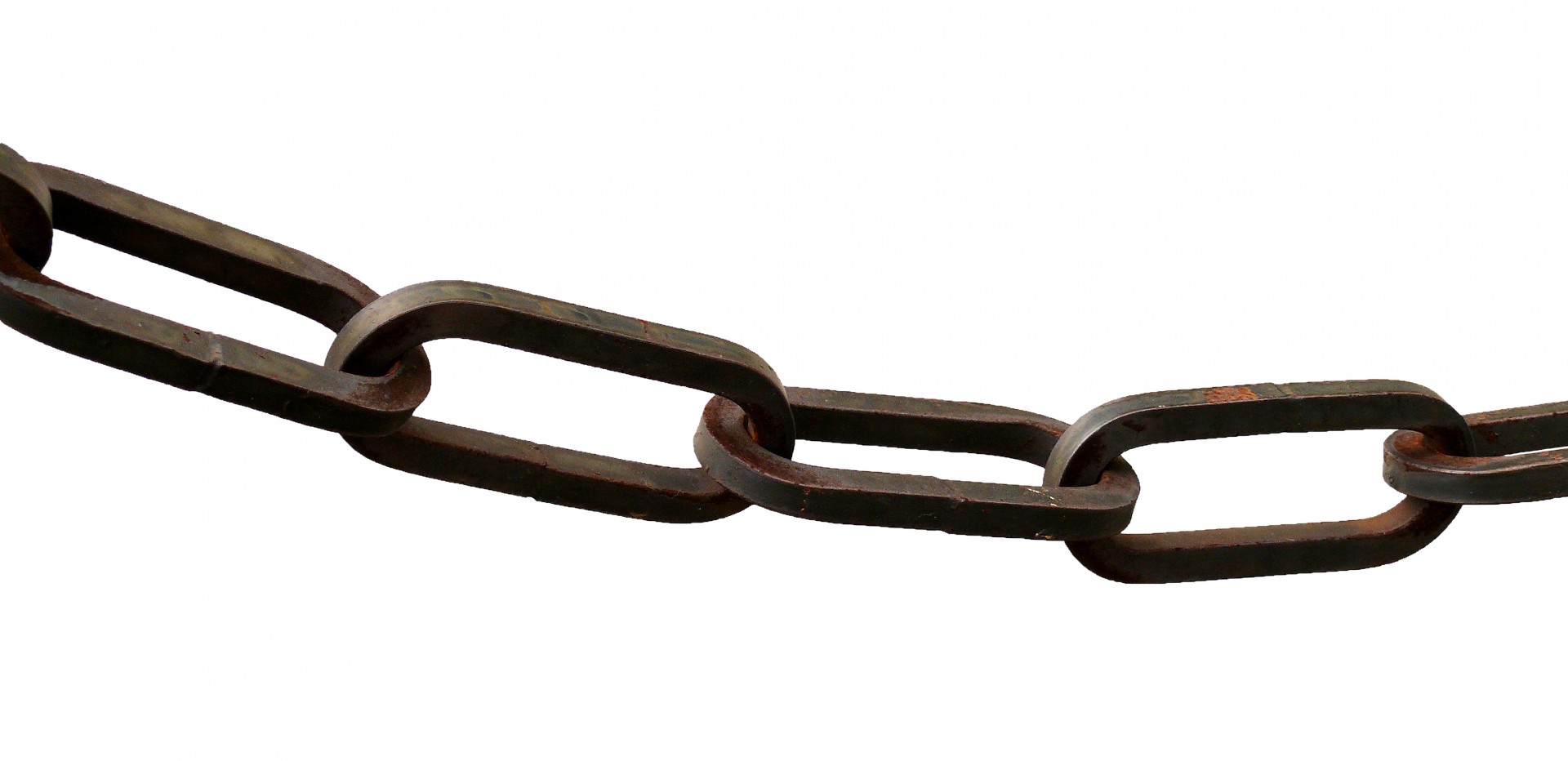The Cardiac Chain of Survival is a series of critical actions that, when performed in sequence, significantly increase the likelihood of survival following a cardiac arrest. This concept is widely promoted by various health organizations, including the American Heart Association (AHA), as a guideline for both laypeople and medical professionals to follow during a cardiac emergency. The chain consists of the following links:
- Immediate Recognition and Activation of the Emergency Response System: This step involves recognizing the signs of a cardiac arrest, such as sudden collapse or unresponsiveness, and immediately calling emergency services (like 911 in the United States). Early recognition and calling for help are crucial to start the survival chain.
- Early Cardiopulmonary Resuscitation (CPR): Performing CPR promptly is critical because it helps maintain vital blood flow to the heart and brain until professional help arrives. Bystander CPR, especially if performed immediately, can double or triple a victim’s chance of survival.
- Rapid Defibrillation: This involves the use of an Automated External Defibrillator (AED) to deliver an electric shock to the heart. Defibrillation can restore a regular cardiac rhythm in a person who has suffered a cardiac arrest due to ventricular fibrillation or pulseless ventricular tachycardia.
- Effective Advanced Life Support: This step is provided by healthcare professionals and includes the advanced airway management, intravenous medications, and other interventions needed to support life and promote the restoration of a normal heart rhythm.
- Integrated Post-Cardiac Arrest Care: After the immediate emergency is over, the patient needs specialized care aimed at preserving brain function, managing other critical aspects of the patient’s health, and facilitating rehabilitation. This includes therapeutic hypothermia (cooling the body), controlled reoxygenation, and other measures to improve the patient’s recovery.
Understanding and implementing the Cardiac Chain of Survival can significantly impact survival.
CPR and understanding the chain of survival is part of any good lifeguard training course. Be sure to practice your CPR skills regularly so you can save a life!

